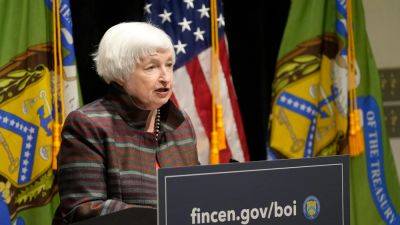Trump probably won’t try to fire Jerome Powell
Subscribe to enjoy similar stories. President Trump’s election has reignited the debate over whether he might attempt to fire Federal Reserve Chairman Jerome Powell. Yet firing Mr.
Powell is unlikely to be on the president-elect’s immediate priority list unless inflation suddenly spikes and forces the Fed to reverse course. Even then, such a standoff would involve a great deal of legal wrangling that would likely take up most of the chairman’s remaining term, which ends in May 2026. Why would Mr.
Trump rush to fire someone who’s in the midst of lowering interest rates, which is the very thing the president-elect seeks? Mr. Powell likely won’t face a serious confrontation over rates. His successor may not be so fortunate.
Conflict between the White House and the Federal Reserve is hardly new. It dates at least as far back as Harry S. Truman’s administration.
During World War II, the Fed held down interest rates to limit the financing costs of the war. With the war’s end and the removal of price controls, and with the outbreak of the Korean War, inflation accelerated, and the Fed needed to raise rates to keep it under control. A furious Truman slowed the effort.
He summoned the entire Federal Open Market Committee to the White House in January 1951 to settle matters. Eventually—following the resignation of Chairman Thomas McCabe, the appointment of Chairman William McChesney Martin Jr. and the Treasury-Fed Accord of 1951—the FOMC was able to set rates independent of direct Treasury influence.
In 1965, as Lyndon B. Johnson was launching his Great Society welfare program and the Vietnam War was accelerating, inflation again became a problem. Martin attempted to raise rates but was soon called to Johnson’s ranch, where he
. Read more on livemint.com

 livemint.com
livemint.com




















